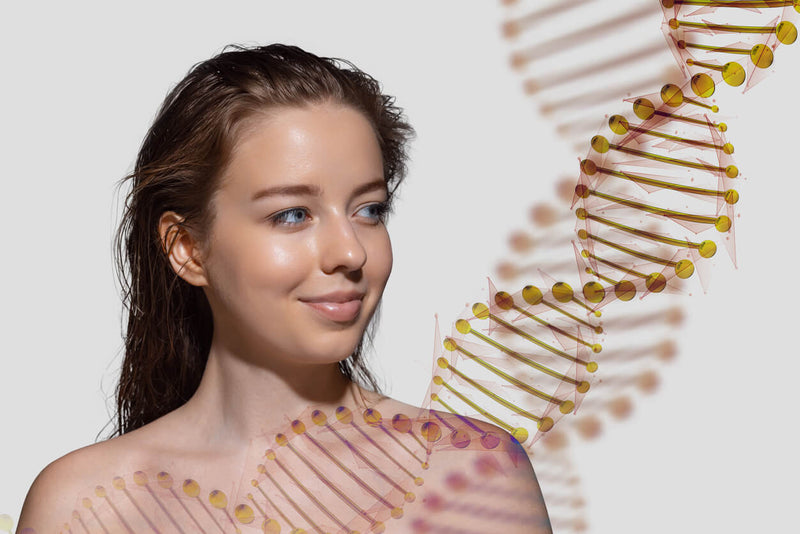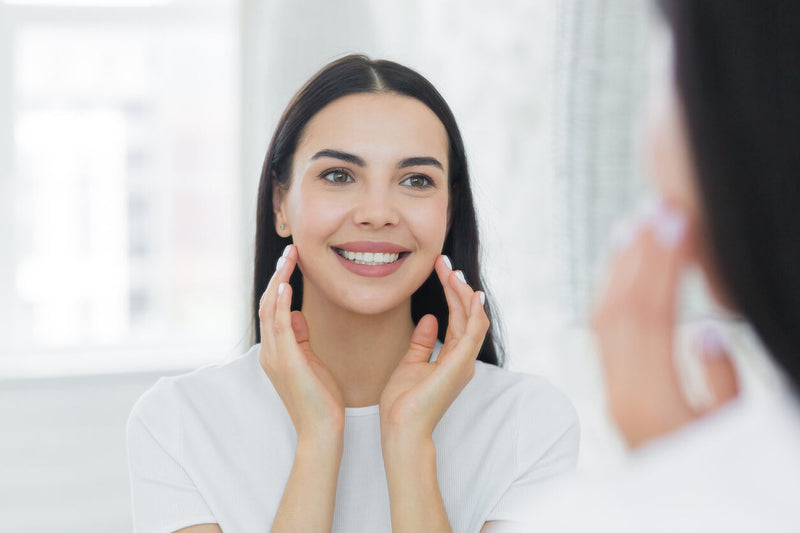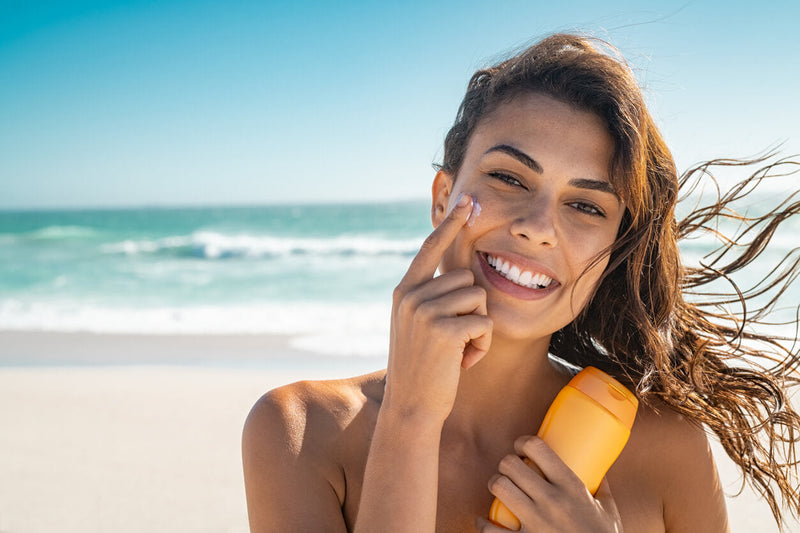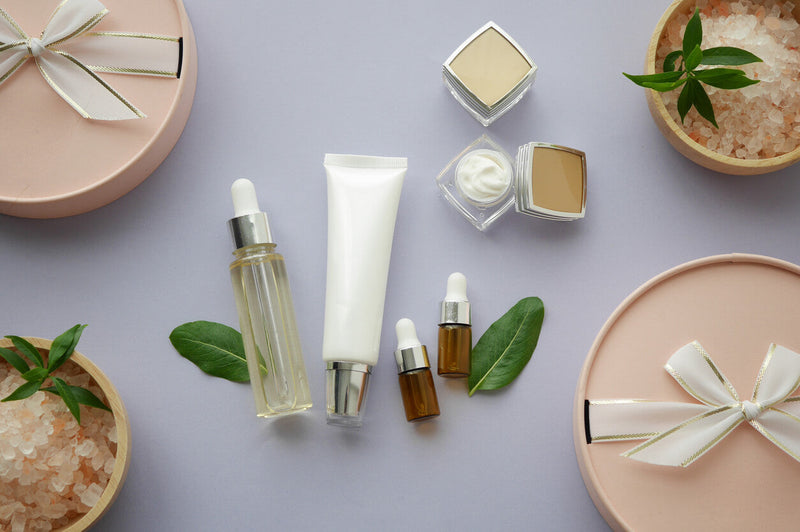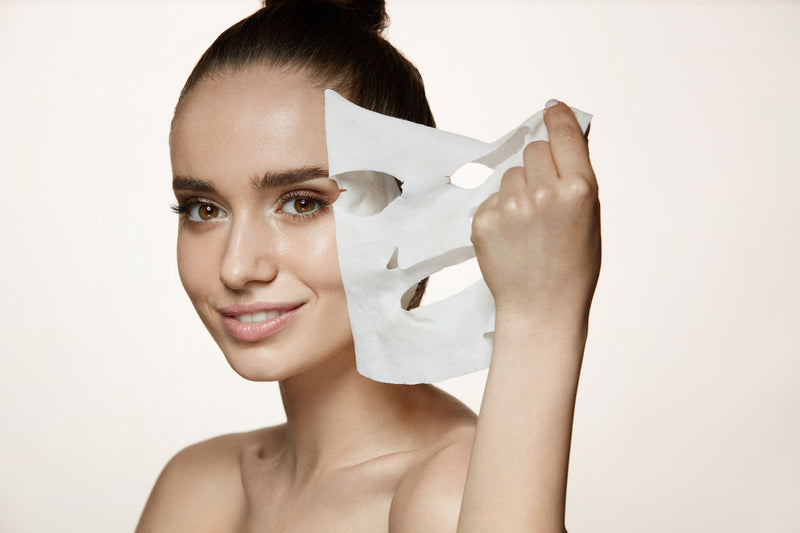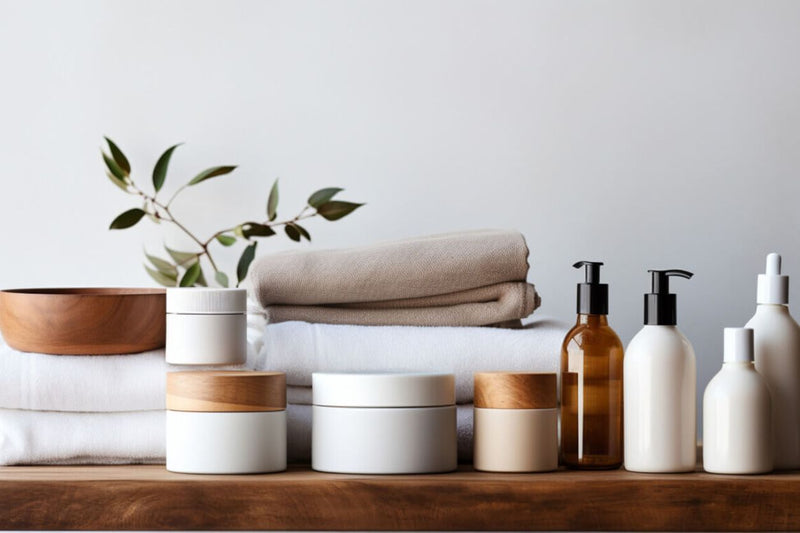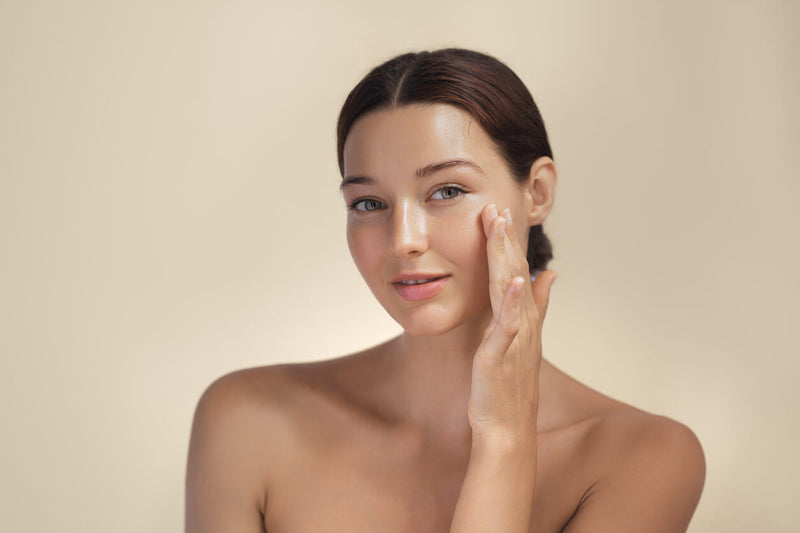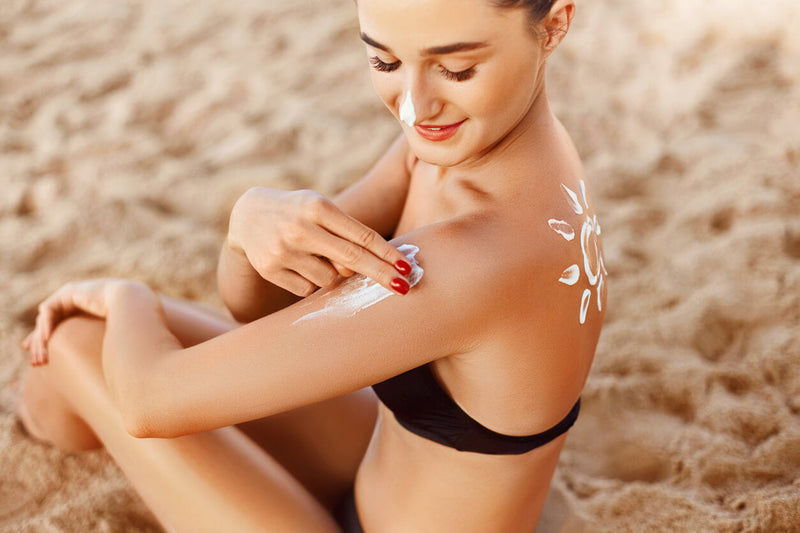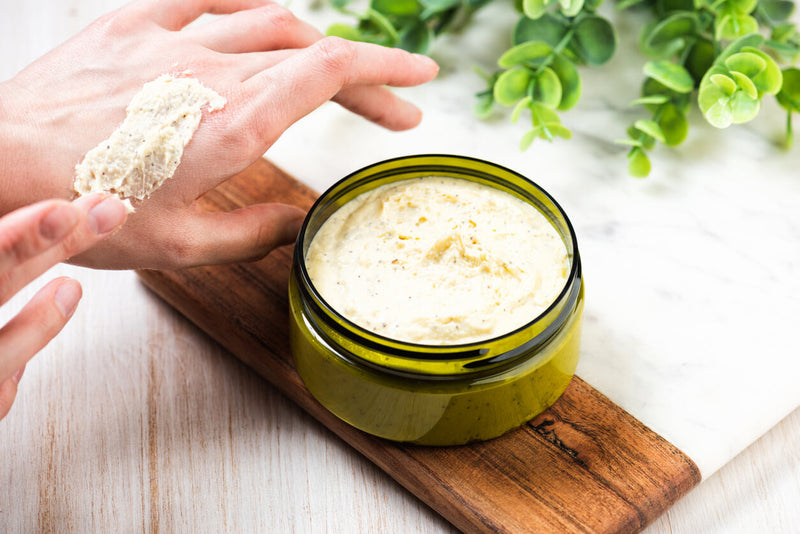

We all know how important sunscreen is in protecting our skin against the effects of prolonged and unprotected UV exposure. Apart from preventing sunburns and reducing our risk of skin cancer, it also protects our skin against premature aging and minimizes the risk of pigmentation.
Despite all the wonders of sunscreen, there are still many misconceptions surrounding it. Continue reading as we debunk 7 myths about sunscreen and offer a few tips on how you can protect your skin better from the sun.
1. The SPF in makeup offers the sun protection I need.
While it is true that sunscreen in makeup provides some protection, it does not provide the level of protection that conventional sunscreens have. It is also important to note that to get the SPF level on the product label, you will have to apply lots of makeup, which can look cakey and unnatural.
You can wear a foundation with SPF, but you still need to apply sunscreen under it. And your face is not the only area that needs protection; you also have to wear SPF on your neck, ears, shoulders, chest, and other areas exposed to the sun. Choose a broad-spectrum sunscreen with an SPF of at least 30.
Dr. Sylvia’s Sunshield SPF 45 is a lightweight and non-greasy formula that provides broad-spectrum protection. It also contains skin-loving nutrients that moisturize, calm, and soothe the skin. It is also free from fragrances and dyes, making it suitable for those with sensitive skin.
2. Sunscreens keep me from getting enough vitamin D.
As sunscreens prevent damage by blocking UV light, some people believe that it inhibits vitamin D production. Many studies, however, show that this is not the case with regular use of sunscreen. A 2019 meta-analysis of research suggested that sunscreen has little to no effect on the body’s vitamin D concentration.
It is worth noting that even with proper sunscreen application, some UV rays can still reach your skin. No sunscreen blocks 100% of the UV rays. In addition, your body only needs a small amount of the sun’s UV radiation to produce vitamin D. Most of us, furthermore, rarely apply sunscreen the right way; we use thin amounts to cover the skin.
3. I don’t burn easily; I just tan, so I don’t need sunscreen
There is no such thing as a safe tan. Tanning is actually a form of skin injury and your body’s response to UV damage. The production of melanin after UV exposure is also your body’s way of protecting itself from further damage. Tanning, furthermore, increases your risk of premature aging and skin cancer.
It is never advisable to tan under the sun or with a tanning bed. One safe alternative is to use self-tanning sprays or lotions. Most of these products are safe and provide temporary tanning that gradually fades after a few days. Make sure to avoid tanning pills, as they contain unsafe color additives and cause adverse effects.
4. A higher SPF means greater and better sun protection
As previously mentioned, no sunscreen blocks 100% of the sun’s UV rays. The product’s protection ability does not uniformly increase with the SPF level. SPF 15 absorbs 94, SPF 30 absorbs 97, while SPF absorbs 50 98. SPF, furthermore, has no effect on how long you’ll be protected from the sun.
It is recommended to reapply sunscreen every two hours, particularly after sweating, swimming, or toweling off. You may not need to reapply if you work indoors and away from the windows. And if you’re spending lots of time in the sun, you can benefit from a higher SPF number, as well as wearing a wide-brimmed hat, sunglasses, and UV protective clothing.
5. As long as I am wearing sunscreen, it doesn’t matter what kind/type I choose.
Wearing sunscreen always beats skipping it altogether. It does matter, however, how you apply it and the amount of product you use. Certain types of sunscreens have instructions that you need to follow to get enough protection. Some formulas also have their benefits and limitations.
Many spray sunscreens, for instance, are clear and absorb quickly. This can make it more difficult to see if you’ve covered all exposed areas or missed a spot. Aerosol sprays, furthermore, are mixed with propellant, so the amount of sunscreen in it is diluted or thinner. This only means that only half of the bottle contains sunscreen, which then raises the amount of product you need to apply to achieve adequate coverage.
If you’re overwhelmed with options, you can consider physical or mineral sunscreens that contain ingredients such as zinc oxide and titanium dioxide. These create a physical barrier on the skin’s surface to reflect UV rays. Make sure to choose a broad-spectrum sunscreen with SPF 30 or higher.
Always prioritize sun protection. Browse through our blog for more skincare tips and product recommendations. If you have skin concerns you want to tackle or improve, don’t hesitate to contact Cutis Medical Laser Clinics in Singapore and schedule a consultation with one of our aesthetic doctors.









